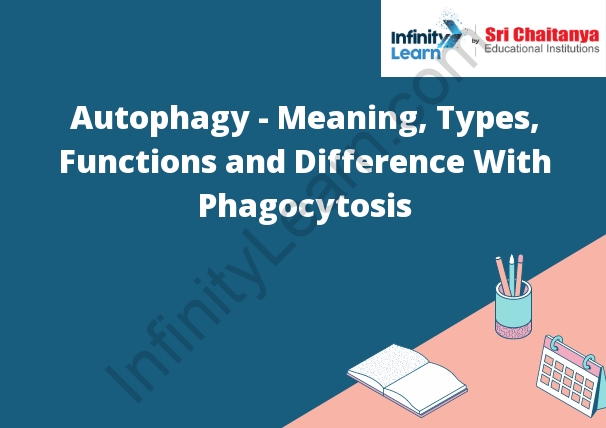Table of Contents
What is Autophagy?
Autophagy is a cellular process that recycles damaged or unnecessary parts of cells. It is also known as “self-eating.” The process of autophagy is activated when the cell senses that it is in danger. Autophagy can help protect the cell by getting rid of harmful toxins or debris.
It can also help the cell survive during times of starvation.

Autophagy Functions
It is a cellular process that helps cells recycle their components. This process helps the cell to get rid of damaged proteins or organelles. It also helps the cell to break down and recycle long-term energy stores, such as glycogen and lipids.
Difference between Autophagy and Phagocytosis
It is a process where cells digest their own internal components. This is a self-digestion process and it is also known as cellular recycling. This process is used by the cells to get rid of the damaged or old components. The cells use the lysosomes to digest the components. Phagocytosis is a process where the cells engulf the external particles. This is a process of taking in the external particles by the cells. The cells use the phagosomes to engulf the particles.
Autophagy
is a cellular process that results in the degradation of a cell’s own components. This process is important for cellular health, as it allows for the recycling of damaged or unnecessary cellular components. It can be induced by a variety of environmental stresses, such as nutrient deprivation, infection, or exposure to toxins. In response to these stresses, the cell initiates a series of events that lead to the formation of autophagic vesicles. These vesicles engulf cellular components, such as proteins, organelles, or entire cells, and then degrade them in a lysosome. The products of autophagy are then recycled back into the cell to serve its needs.
There are two main types of autophagy: macroautophagy and chaperone-mediated autophagy. Macroautophagy is the most common type and involves the formation of a large autophagic vesicle called an autophagosome. Chaperone-mediated autophagy is a more specialized type that involves the transport of proteins to the lysosome by a chaperone protein.
Phagocytosis
The process of phagocytosis is the engulfment of solid material by cells of the immune system. The cells that are responsible for phagocytosis are known as phagocytes. Phagocytosis occurs when a phagocyte extends pseudopods, or false feet, around a foreign particle. The cell then engulfs the particle and pulls it inside the cell. Once the particle is inside the cell, the phagocyte’s internal membranes fuse with the external membranes, forming a single-celled vesicle. The vesicle then breaks down, and the particles are digested by the phagocyte.
For more visit Autophagy – Meaning, Types, Functions and Difference With Phagocytosis






